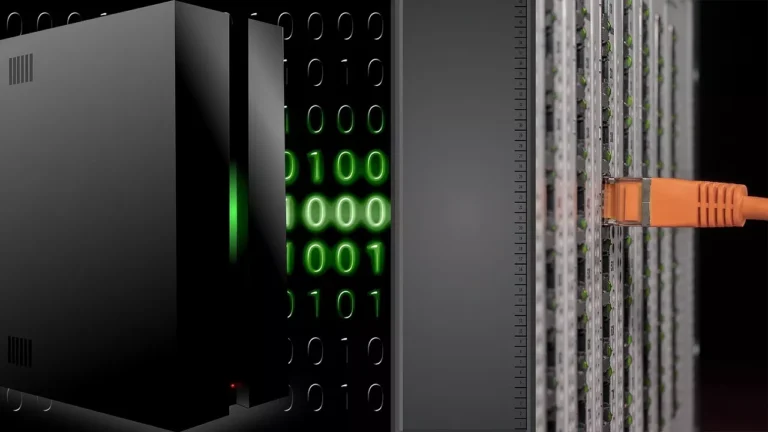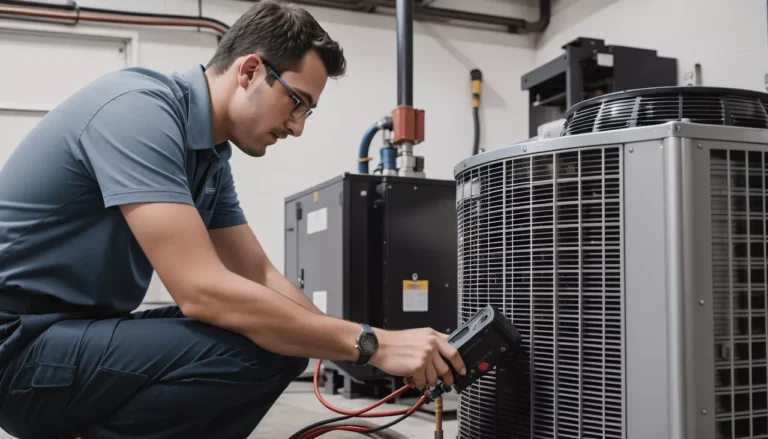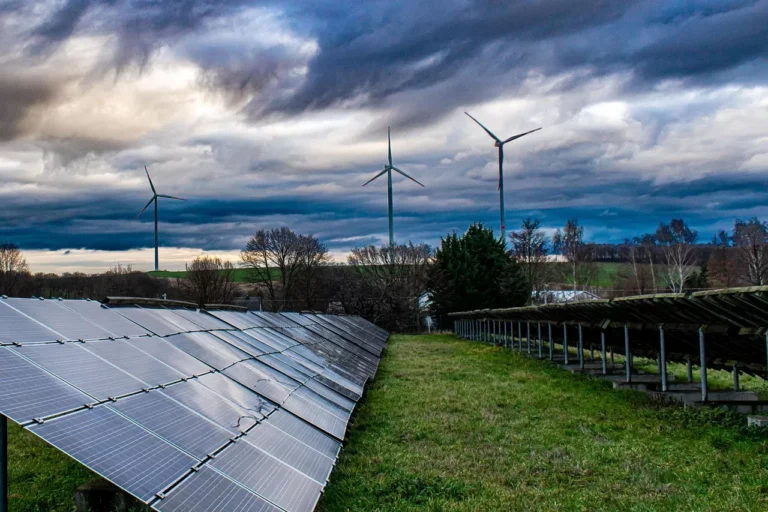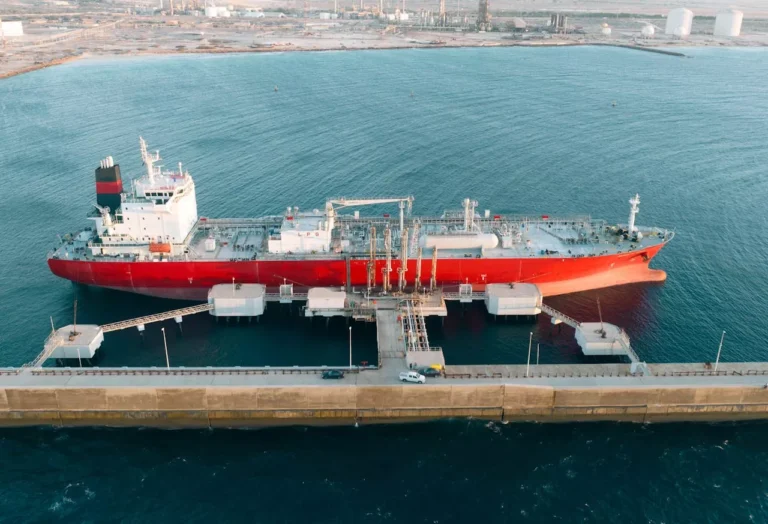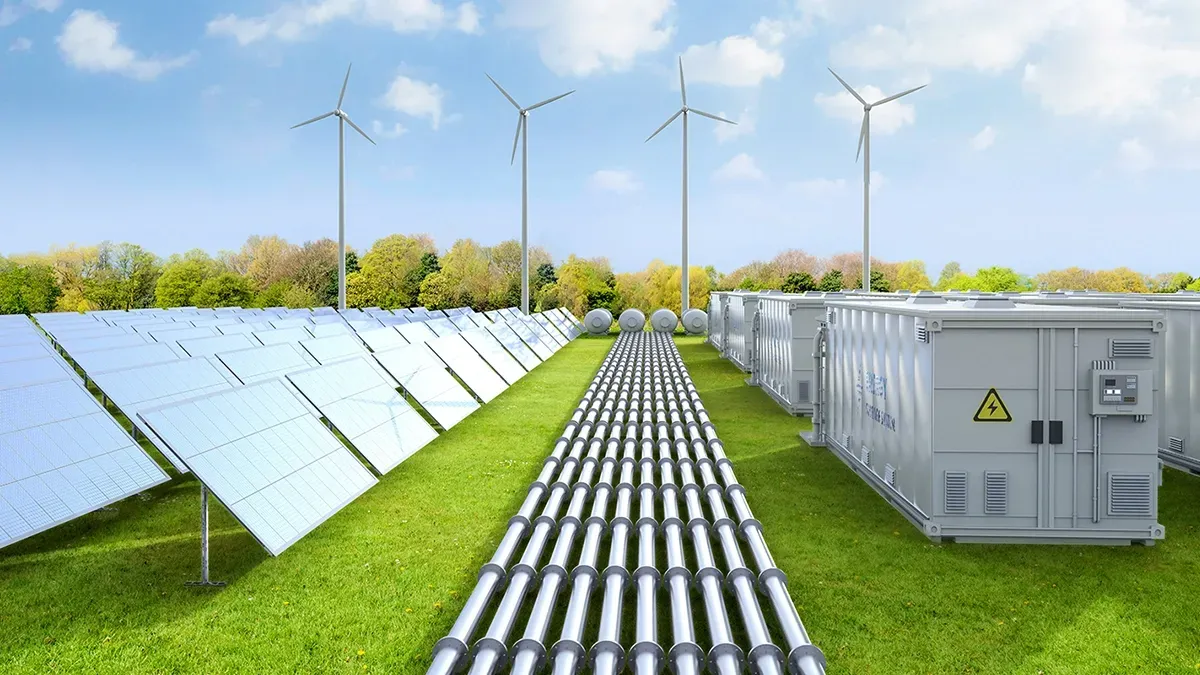
MGE to Expand Local Solar and Battery Storage with Sunnyside Solar Energy Center
Madison Gas and Electric (MGE) has received a significant green light from the Public Service Commission of Wisconsin (PSCW) to move forward with an ambitious renewable energy initiative in Fitchburg. The project, officially named the Sunnyside Solar Energy Center, will add a 20-megawatt (MW) solar array and a 40-MW battery storage system to MGE’s growing portfolio of clean energy infrastructure.
Set to be developed by EDF Renewables, this project represents another bold step in MGE’s long-term vision of transforming its energy portfolio to meet the sustainability needs of the future while maintaining reliability and affordability for its customers.
A Commitment to Sustainability
The Sunnyside Solar Energy Center is much more than a power project. It symbolizes MGE’s commitment to transitioning to a low-carbon future through the adoption of clean, locally sourced energy. By combining solar generation with large-scale battery storage, MGE is setting a new standard for utility-scale renewable energy deployment in the region.
“MGE shares with our customers the goal of a more sustainable energy future,” said Jeff Keebler, Chairman, President, and CEO of MGE. “The Sunnyside Solar Energy Center builds on the progress we’ve already made reducing carbon emissions, increasing our use of cost-effective, locally generated renewable energy and advancing new technologies to benefit all our customers. By also working with customers to advance energy efficiency and electrification, we can achieve our sustainable energy goals.”
MGE’s goals are not just aspirational; they are science-based and aligned with global climate commitments. The utility is actively working to reduce its carbon emissions by 80% from 2005 levels by 2030, with the ultimate goal of delivering net-zero carbon electricity by 2050. The Sunnyside project is a concrete step toward achieving those targets.
Project Details and Timeline
The new Sunnyside facility will be strategically located off Whalen Road in Fitchburg, Wisconsin. The planned 20 MW solar array is designed to generate enough electricity annually to power approximately 6,000 average Wisconsin households. This locally generated, emission-free energy will be connected directly to MGE’s distribution system, serving all electric customers and improving the resilience of the local energy grid.
In addition to the solar component, the 40 MW battery energy storage system (BESS) will be capable of delivering electricity for four continuous hours, offering 160 megawatt-hours of capacity. This storage system is critical for ensuring energy reliability, particularly during peak demand periods or when solar energy generation drops due to cloudy weather or nighttime conditions.
Construction on the solar array is expected to begin in the near future, with completion and energy generation slated for 2026. The battery component will follow, with full deployment anticipated in 2027. EDF Renewables, a recognized leader in renewable energy development, will serve as the primary developer for the project.
Complementing Local Renewable Infrastructure
Sunnyside will not be the first solar project in Fitchburg contributing to MGE’s clean energy mix. In fact, the region is quickly becoming a hub for local solar generation, thanks to multiple solar facilities brought online in recent years:
- Strix Solar, a 6-MW solar facility, became operational in early 2025. This project delivers locally produced, carbon-free electricity to all MGE electric customers. MGE has proposed allocating 2 MW of Strix Solar’s capacity to a new community solar initiative called Shared Solar – Strix, which builds on the success of MGE’s original Shared Solar program, now fully subscribed.
- Tyto Solar, another 6-MW solar array, began operating in early 2024. Like Strix Solar, Tyto is integrated directly into MGE’s distribution system, supplying clean electricity to customers across its service territory.
- The O’Brien Solar Fields, which went live in 2021, is a 22-MW facility that operates under Renewable Energy Rider agreements. This project supplies solar energy to a mix of local businesses, municipalities, government agencies, and public institutions, enabling them to meet sustainability goals without building their own infrastructure.
Together, these projects—including the upcoming Sunnyside Solar Energy Center—demonstrate MGE’s strategic use of distributed energy resources (DERs) and community partnerships to expand the local supply of renewable power.
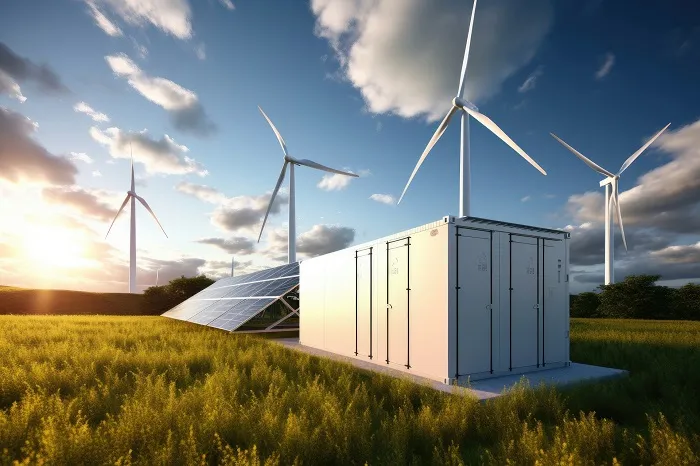
Battery Storage: A Game-Changer
While solar panels are increasingly familiar, utility-scale battery systems like the one planned for Sunnyside are a newer addition to the energy landscape. Batteries can store excess solar power generated during the day and dispatch it in the evening when demand typically rises, or when intermittent weather conditions reduce solar output. This helps to smooth out supply fluctuations and strengthens grid reliability.
For MGE, investing in energy storage represents a forward-thinking approach to decarbonization. It also reduces reliance on fossil fuel-based peaking plants, which are typically called upon during high demand periods and often come with higher carbon emissions and costs.
The 40-MW battery system planned for Sunnyside will be a major asset in helping MGE meet peak energy demands more sustainably. It’s also a key component in the shift toward a “smart grid” future—where energy can be dynamically managed and distributed in response to changing conditions and customer needs.
Aligning with Broader Climate Goals
The Sunnyside Solar Energy Center is part of MGE’s larger, comprehensive strategy to meet climate goals that are aligned with the Intergovernmental Panel on Climate Change (IPCC) carbon reduction benchmarks. These targets, which seek to avoid the worst impacts of climate change, require aggressive yet achievable action by utilities and governments worldwide.
MGE has publicly committed to a science-based decarbonization pathway. The company’s target to reduce carbon emissions by 80% by 2030 (relative to 2005 levels) and to reach net-zero emissions by 2050 is a clear acknowledgment of the urgency of the climate crisis. Importantly, MGE is already more than halfway to its 2030 carbon-reduction target, thanks in part to clean energy investments like O’Brien Solar Fields, Tyto Solar, and the upcoming Sunnyside project.
The Role of Electrification and Efficiency
In addition to expanding its renewable energy portfolio, MGE is pursuing other key strategies to decarbonize its operations and services. These include:
- Electrification of transportation: MGE is supporting the transition to electric vehicles (EVs) through the installation of public charging stations, EV rebates, and education campaigns.
- Energy efficiency programs: By helping customers reduce their overall energy consumption through improved appliances, insulation, and smart devices, MGE can further lower greenhouse gas emissions while also reducing utility bills for consumers.
- Customer engagement and innovation: MGE works closely with residential and business customers to pilot emerging technologies, such as smart thermostats, demand response programs, and solar+storage combinations, to identify scalable solutions for carbon reduction.
The development of the Sunnyside Solar Energy Center marks a pivotal moment in MGE’s journey toward a cleaner, smarter, and more resilient energy future. By combining locally generated solar power with utility-scale battery storage, MGE is not only expanding access to clean electricity but also demonstrating leadership in the energy transition.
As this project advances over the coming years, it will provide immediate environmental benefits and long-term strategic value, reducing emissions, enhancing energy independence, and preparing the grid for a more dynamic future.






